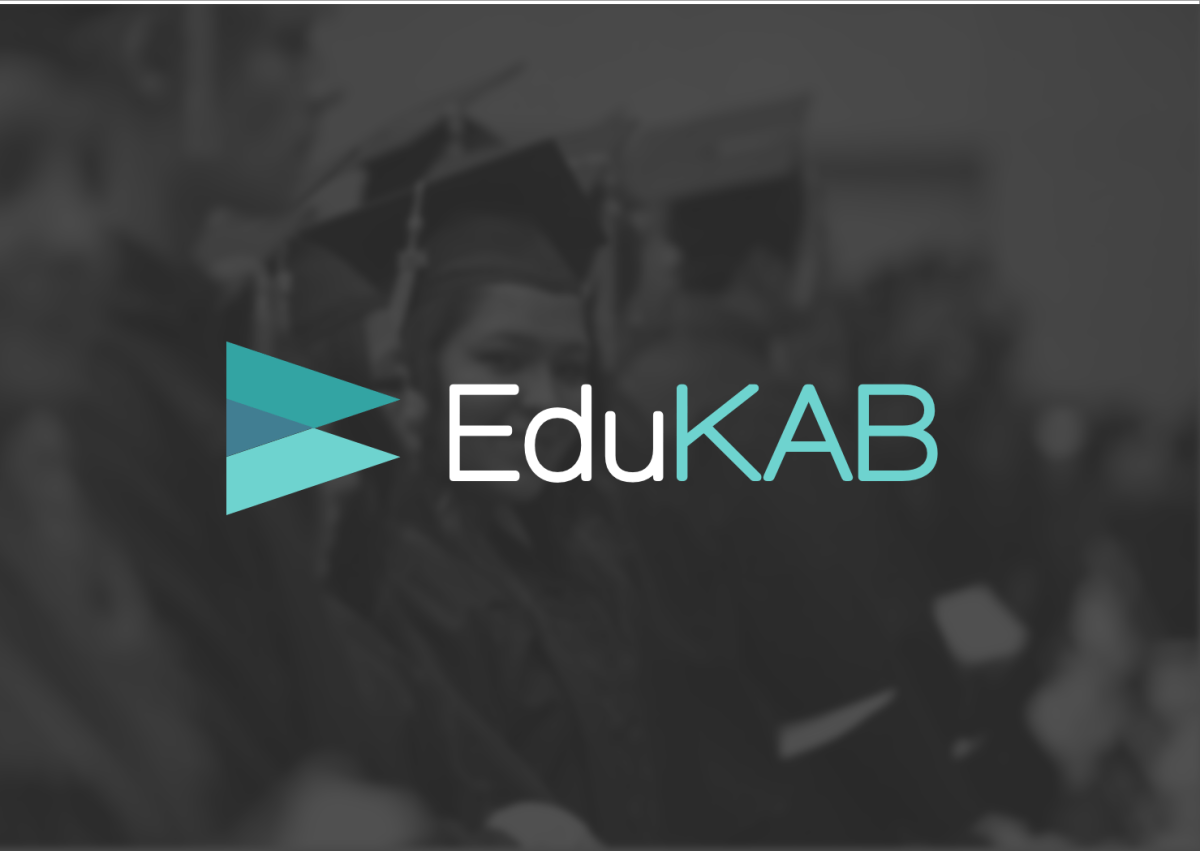
The Challenge
The college admission process has become more complex than ever. It now requires careful coordination between the student, parents, counselor, and the college itself. With the rise of the Common Application, the volume of applications has surged, and admissions to prestigious schools alone increased by an estimated 7% last year.
Counselors must consider a wide range of variables that make each student unique—and ensure that students understand these factors as well. Successfully matching a student to the right college is critical to their application success. Yet, with growing complexity, counselors face increasing challenges in both managing student expectations and navigating the broad knowledge required to guide them effectively.

